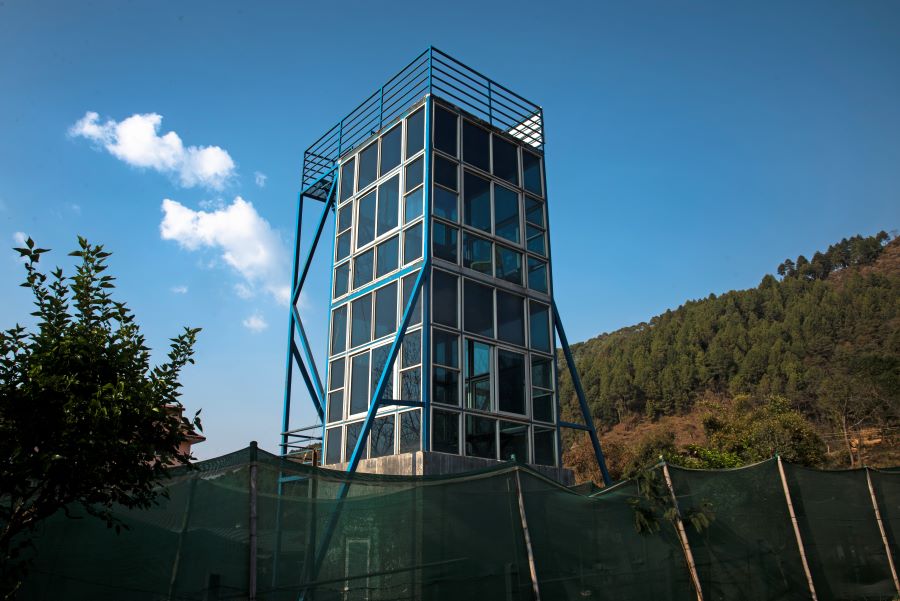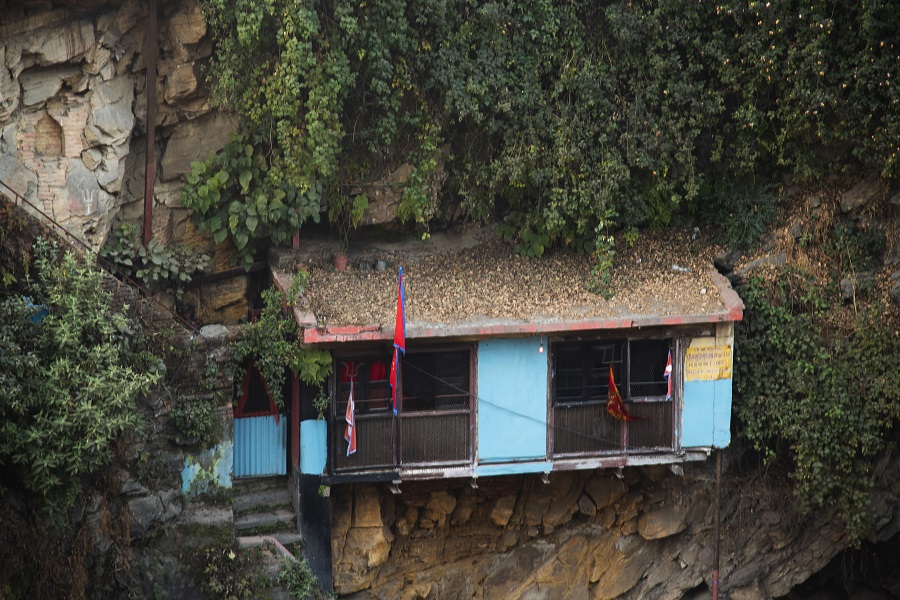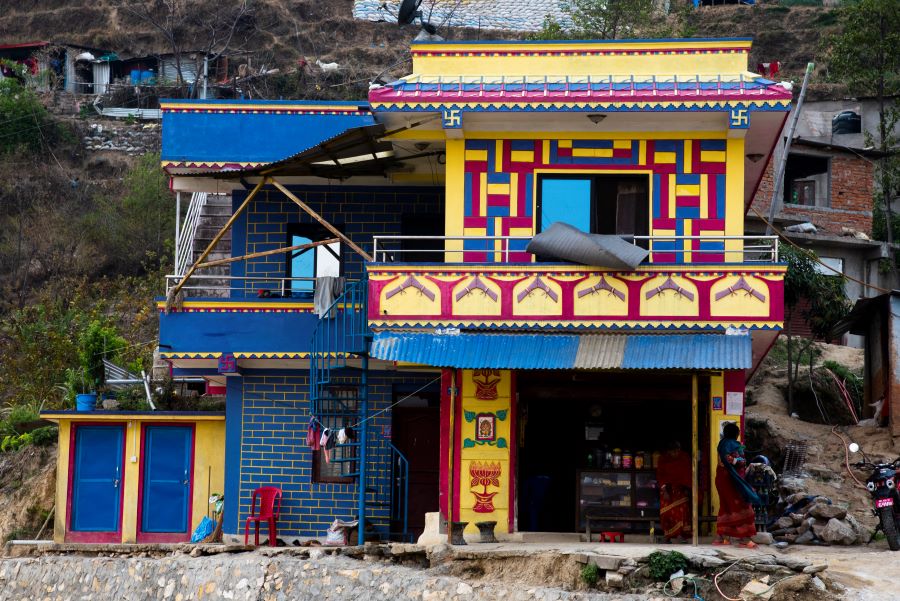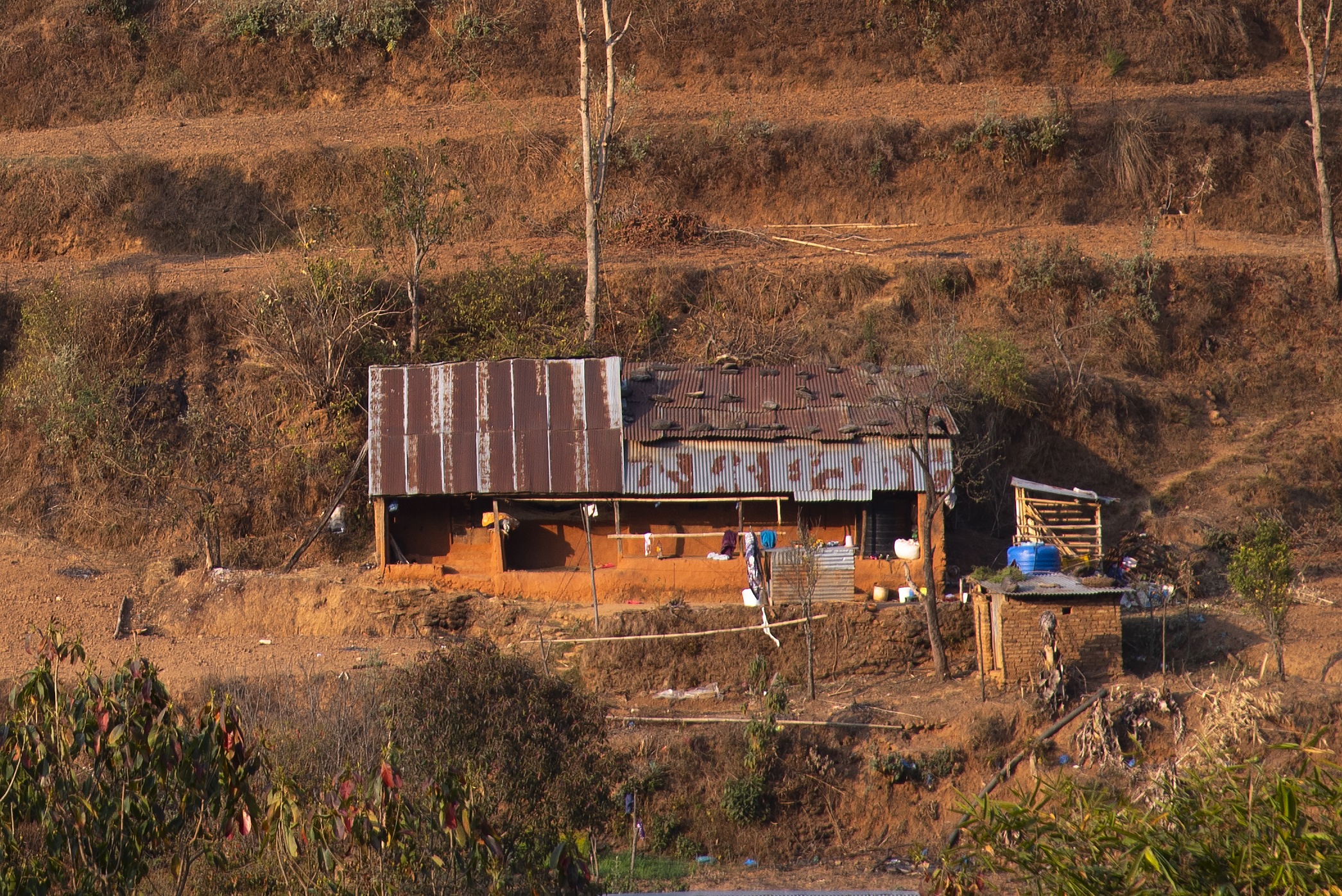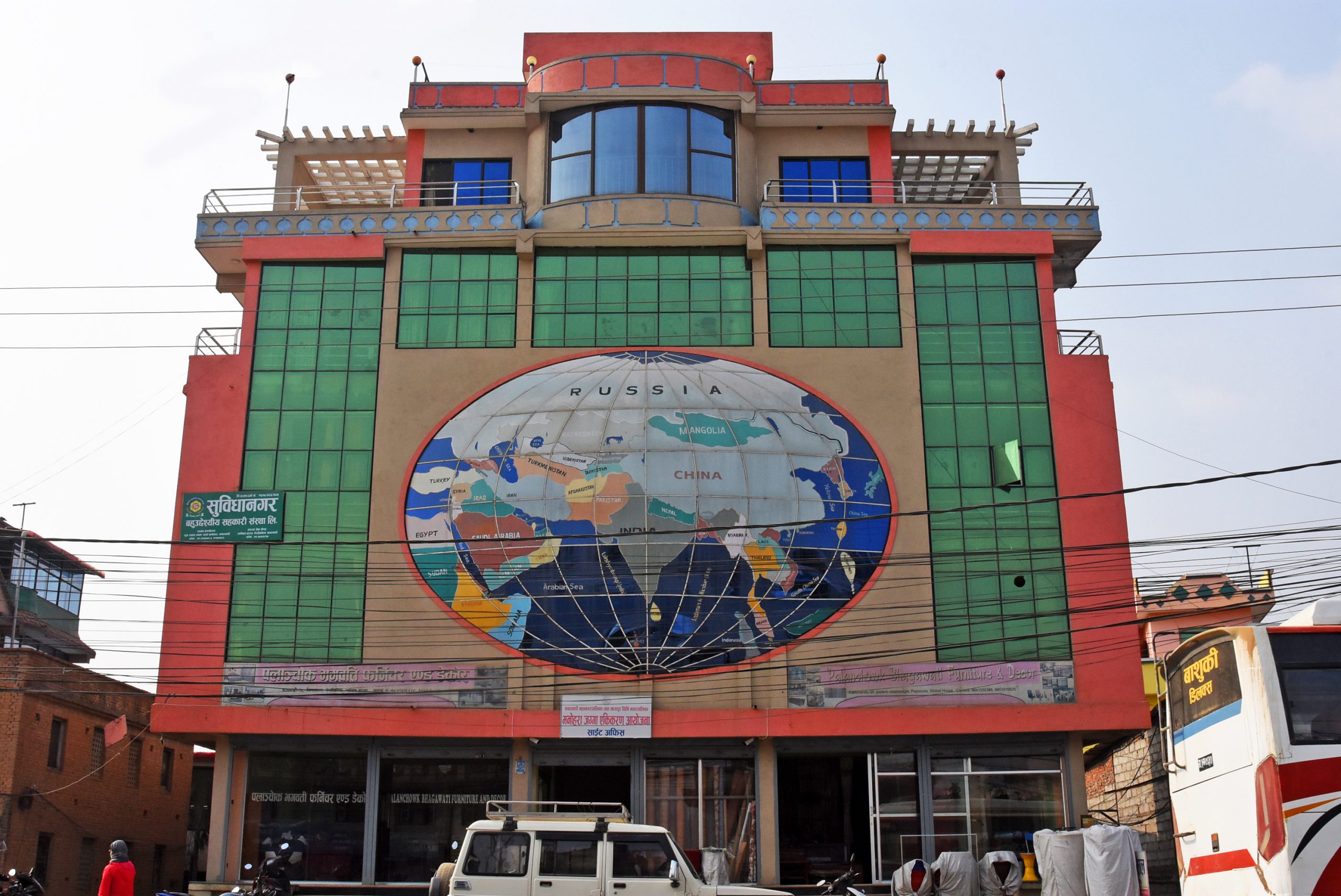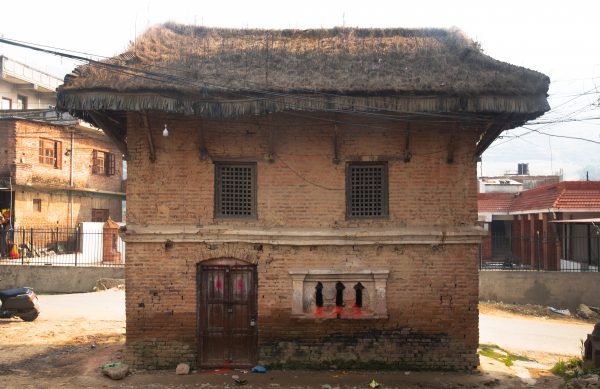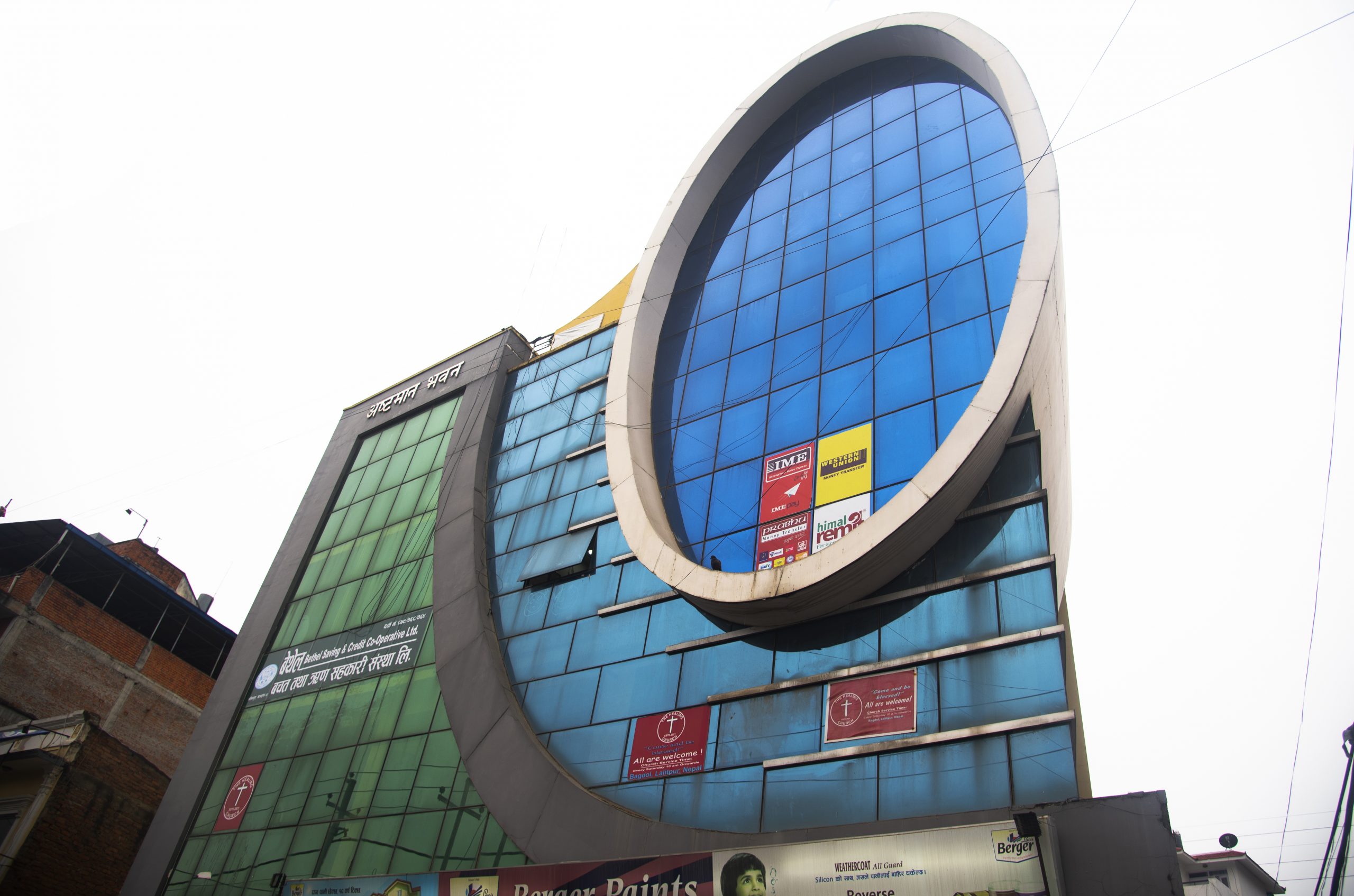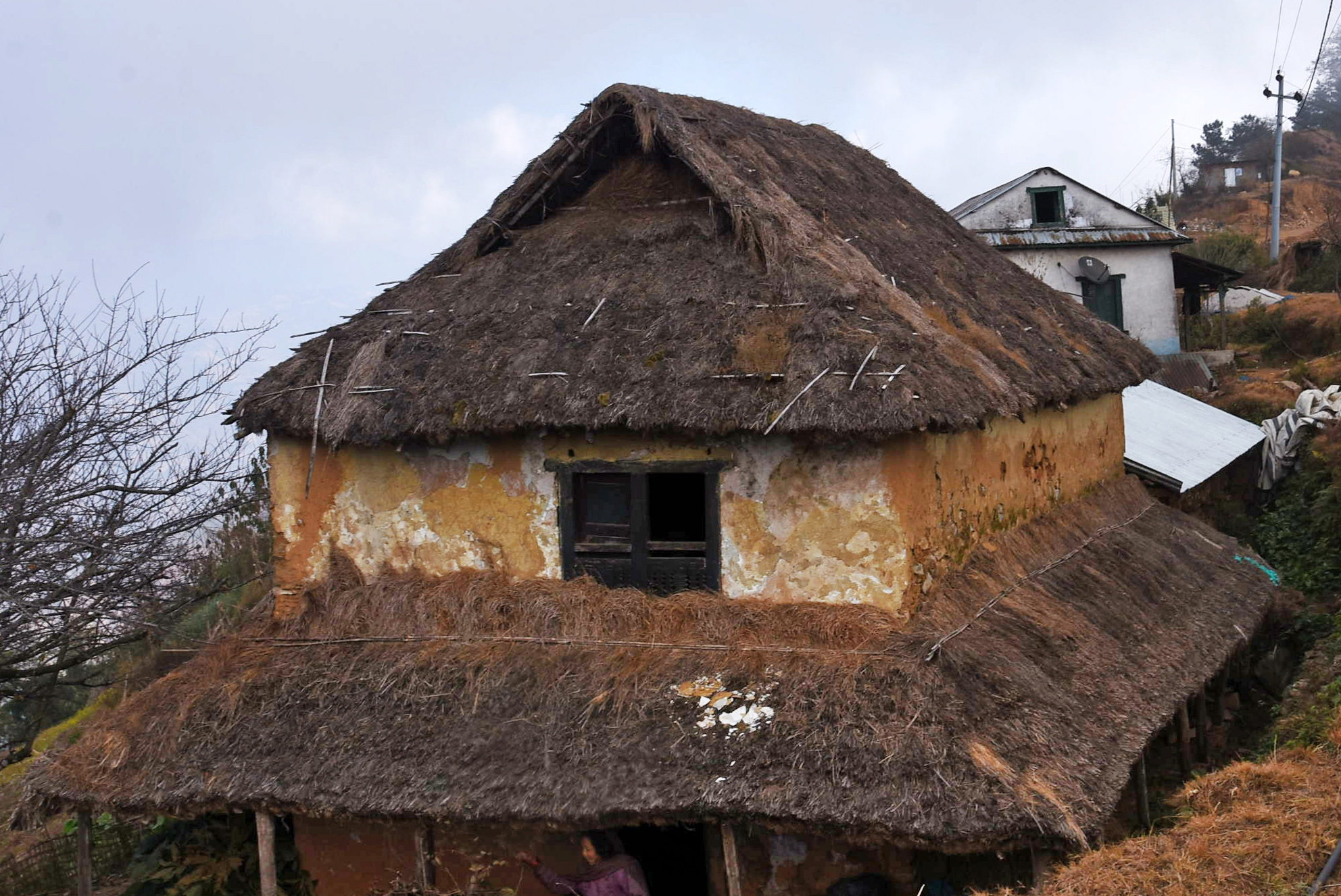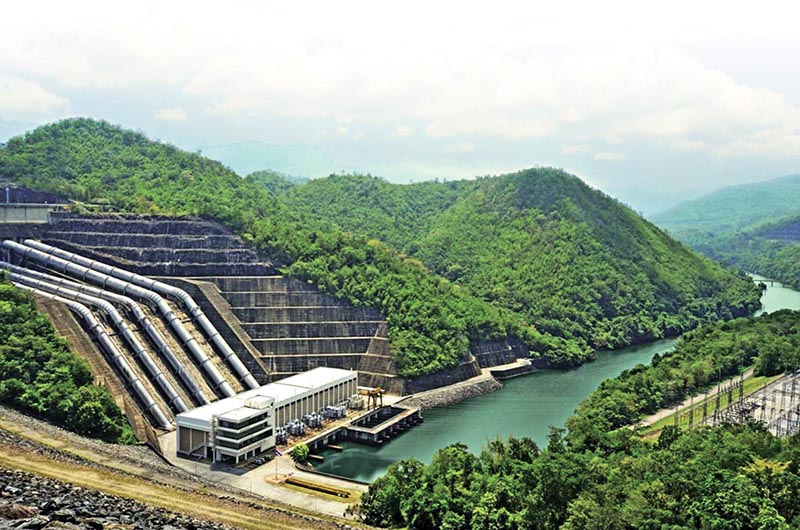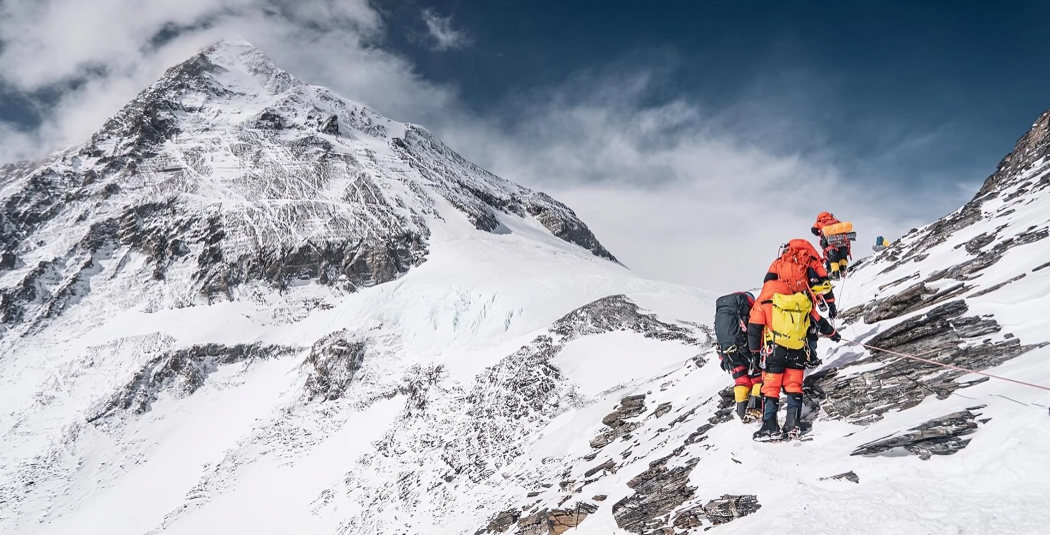Home Stories (photos)
The initial house is regarded to symbolize the identity of Nepalese civilization. Tourists have been drawn to the uniqueness of numerous classes, faiths, and geographical structures.
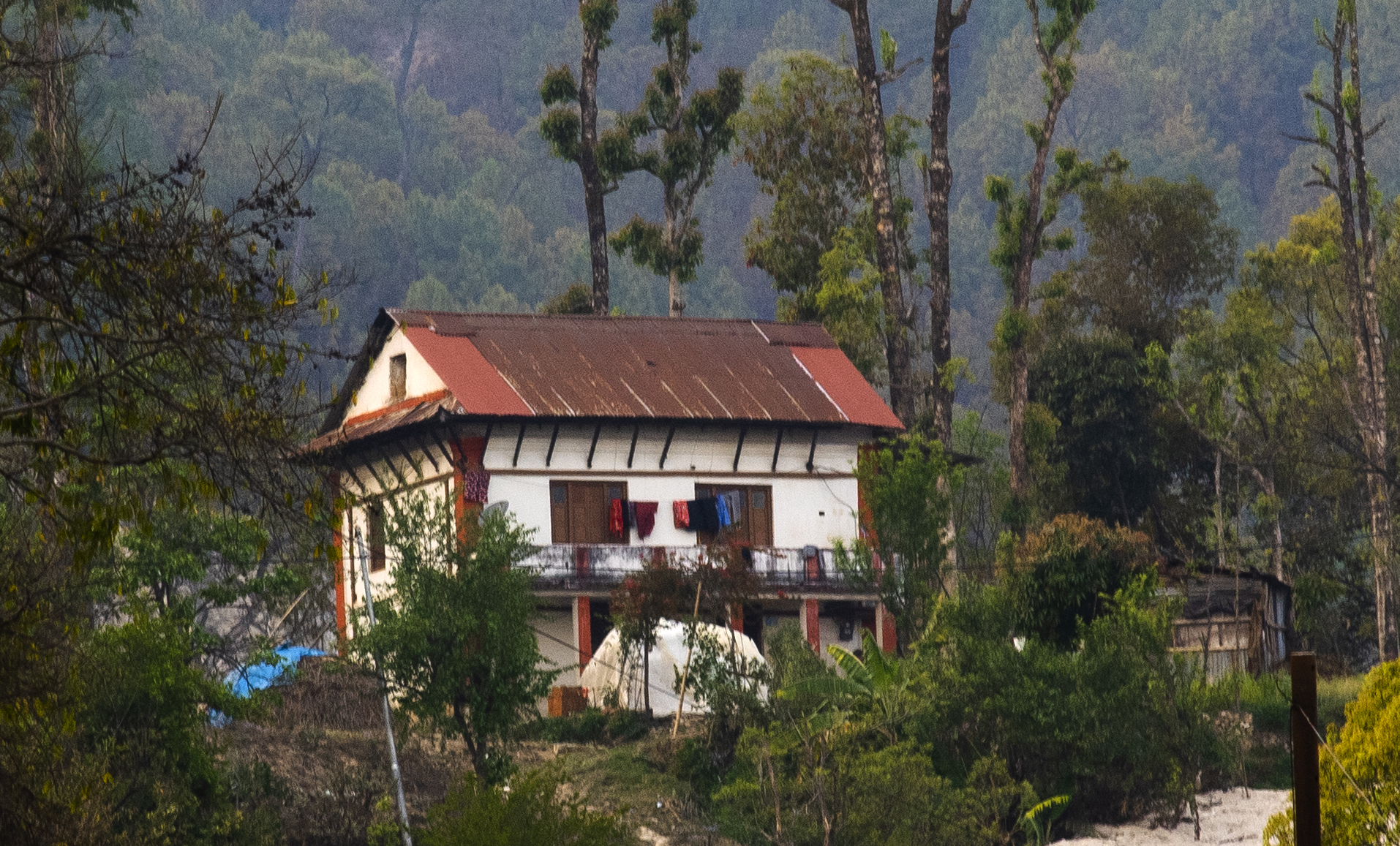
Home is a word that everyone requires yet is difficult to define. Where did people dwell before they created buildings in society during the wild age? Where should I stay? What would they do in the summer if they lived in a cave during the winter? Where would they live if there was no cave?
Sociologists have different opinions about all these things. However, when man first began to live in society is still being researched. People have been building houses for a long time to protect themselves from the sun, rain, wind, and wild animals, among other things.
Foreign tourists visit Nepal to witness the natural heritage, different races’ cultures, and the original dwellings and communities.
The initial house is regarded to symbolize the identity of Nepalese civilization. Tourists have been drawn to the uniqueness of numerous classes, faiths, and geographical structures.
Tourists prefer to visit communities with original old-style houses built with local stone and wood rather than contemporary ones. There are many houses with wooden roofs, straw roofs, stone roofs, tin roofs, and recently many residences with cement concrete slope roofs from the city to the village.
According to one’s interest and status, the shape, color and style of the houses are different even in the valleHowever, there are still houses built in the old artistic style elsewhere in the Kath area. However, everyone needs a house for their shelter.
Foreign tourists who enter Nepal prefer to observe the original culture, dress and even study the language. In terms of originality and beauty, the old houses of Kathmandu, Bhaktapur and Lalitpur were ranked 10th among the best fifty cities in the world until 50 years ago.
Having a modern concrete house, on the other hand, is now considered a show of social standing. As a result, everyone abandoned the original house and began constructing a concrete house, and Kathmandu Valley has come to be known as the city of concrete.
It is often impossible to find a house that embodies the valley’s historical identity outside of the valley’s inner communities. The political leadership is at a loss as to how to increase tourism while preserving the original historic residences.
For the development of tourism, everyone must work together to re-expose Nepal’s beauty through original house construction and traditional skills. Original and traditional residences of various kinds are now disappearing. After removing ancient original dwellings, new modern concrete houses are being developed from city markets to villages.
On the other hand, Nepalese traditional and original houses covered with stones, tiles and thatch have been demolished to become houses of modern concrete pillars. However, in the Kath area, houses built using the old artistic style are still found elsewhere.
Here are shown the different styles of houses in Kathmandu Valley.


